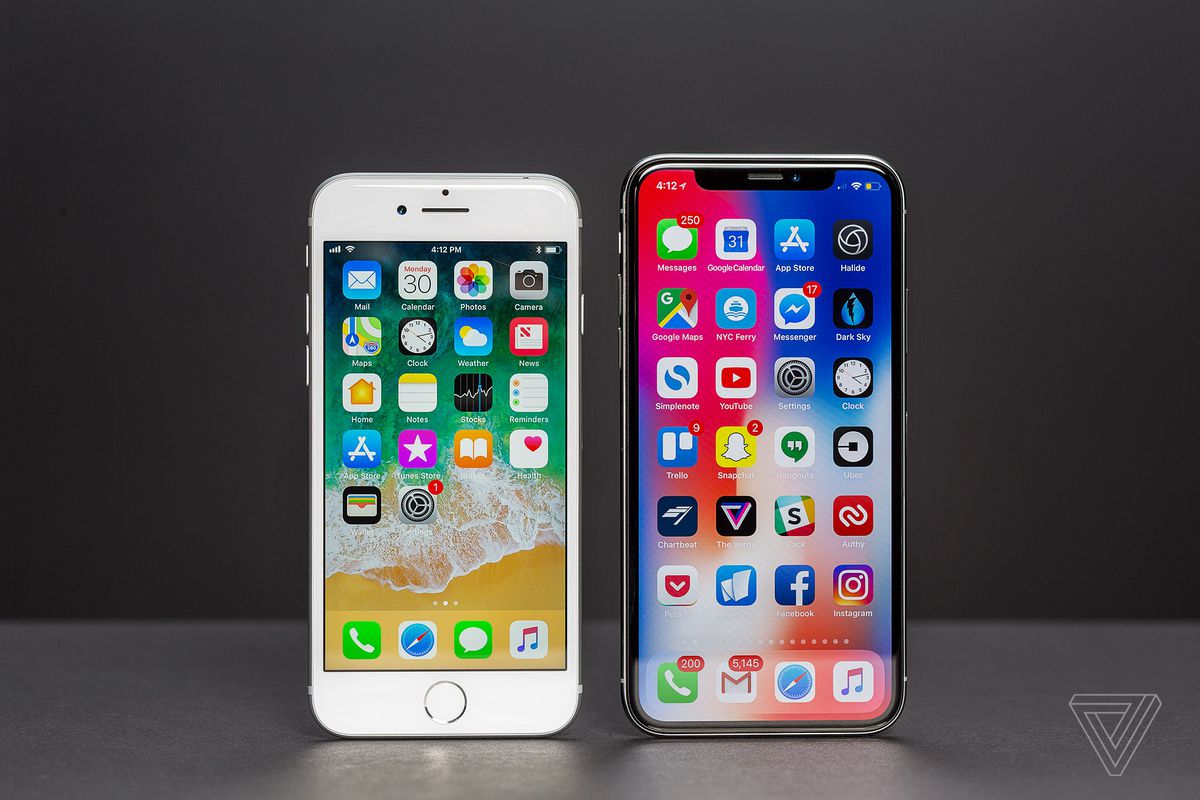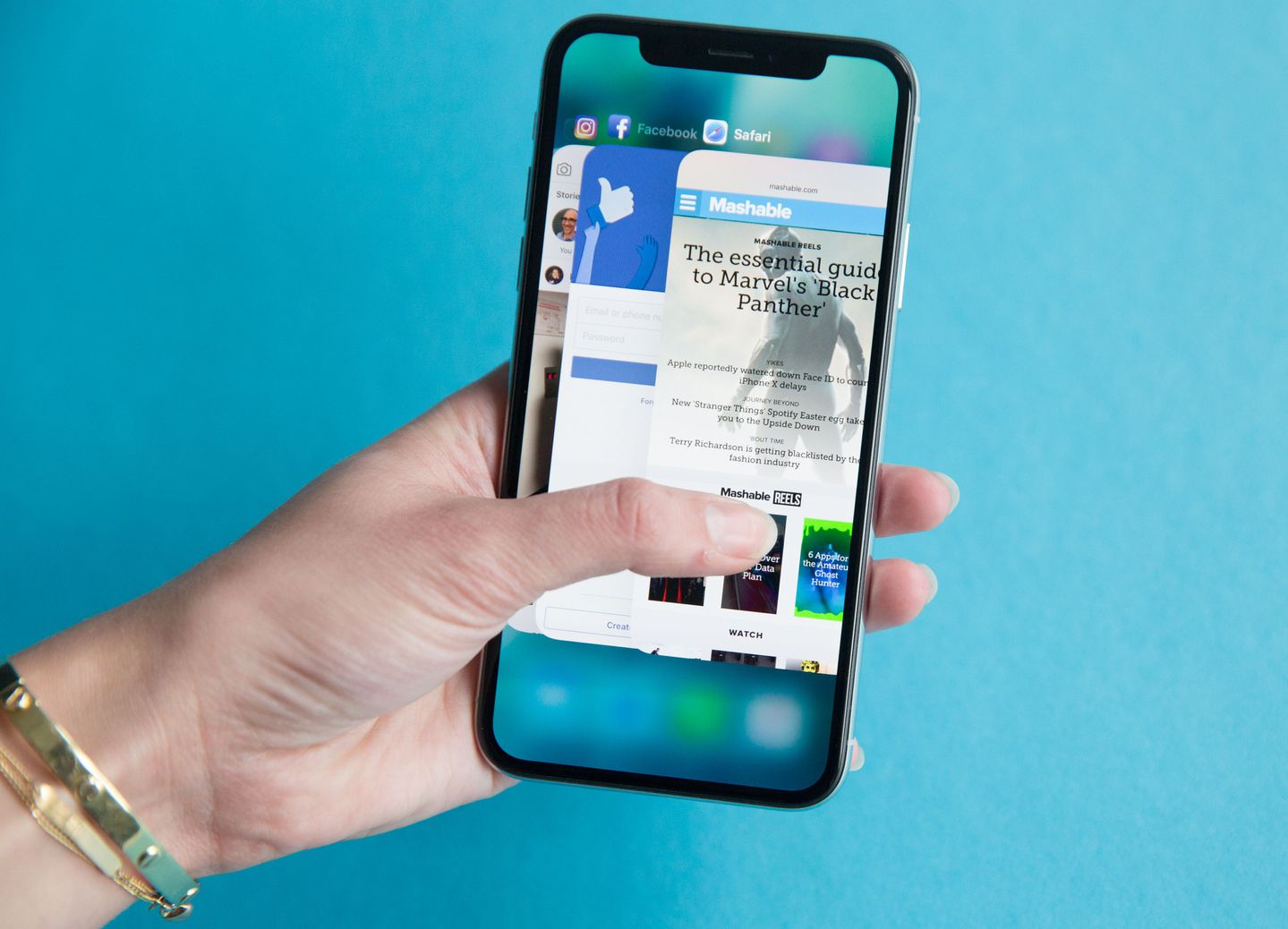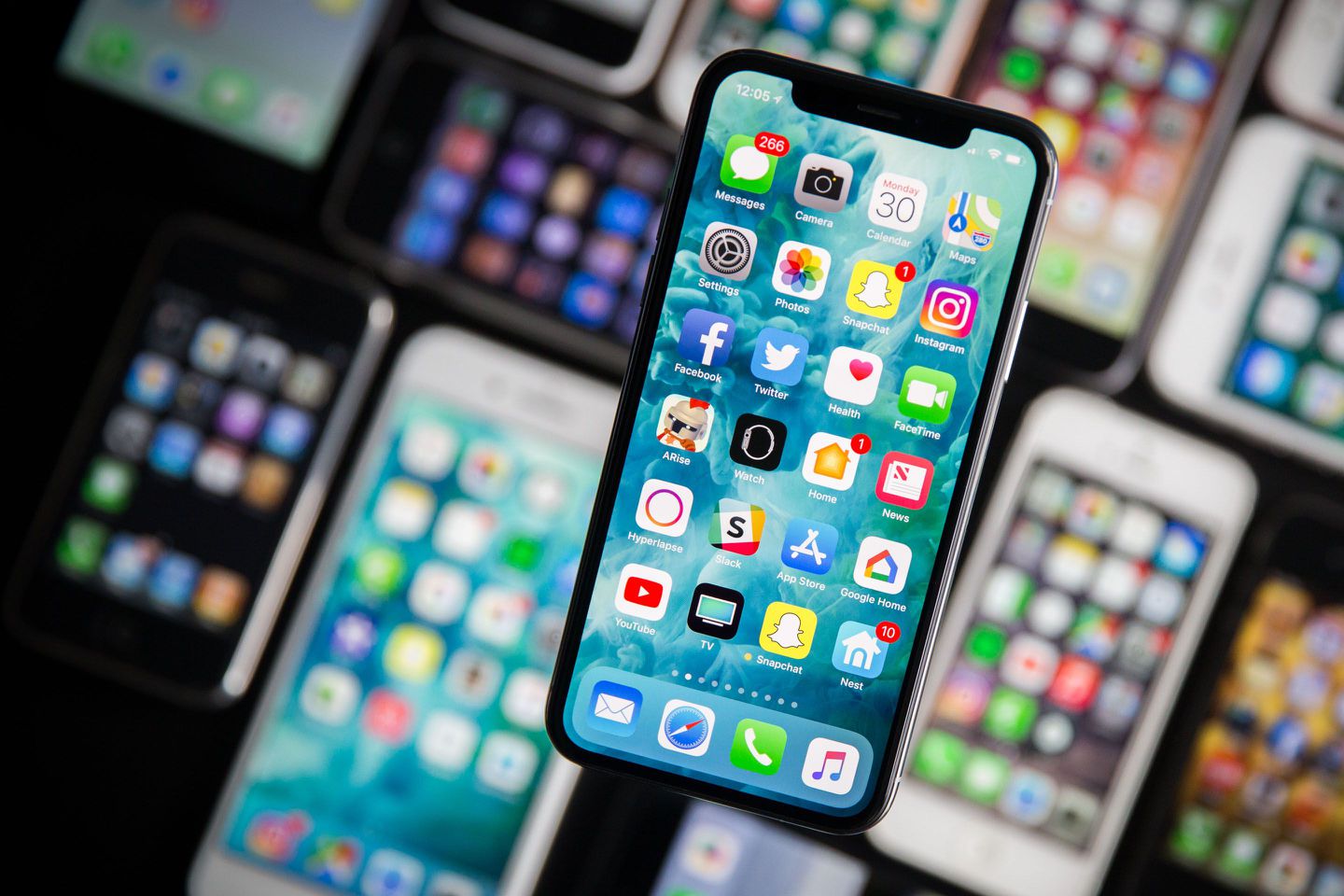Apple's new iPhone X is arguably the company's most controversial handset in years - and perhaps, ever. The device is interesting not only in terms of design but from a business standpoint as it effectively undermines the recently released iPhone 8 and iPhone 8 Plus.
It's a gamble that Apple was willing to bet on. After all, having as much cash in the bank as Apple does affords you a bit of security and the luxury to take risks. It's too early to know if this bet will pay off but what we do have at the moment are a batch of early reviews to provide a bit of guidance.
By "early" reviews, I mean exactly that as Apple gave most reviewers just 24 hours to work with the phone before lifting the NDA. This translates to very little hands-on time (i.e., they're still figuring things out), demoting what would otherwise be full-length reviews down to "first impressions" status. They'll no doubt be updated with additional feedback in the days leading up to the phone's launch but for now, it's all we've got so let's hop right in.

Nilay Patel from The Verge addresses the X's OLED panel:
The iPhone X is Apple's first phone to use an OLED display, after years of Apple LCDs setting the standard for the industry. OLED displays allow for thinner phones, but getting them to be accurate is a challenge: Samsung phones tend to be oversaturated to the point of neon, Google's Pixel XL 2 has a raft of issues with viewing angles and muted colors, and the new LG V30 has problems with uneven backlighting.
Apple's using a Samsung-manufactured OLED panel with a PenTile pixel layout on the iPhone X, but it's insistent that it was custom engineered and designed in-house. Whatever the case, the results are excellent: the iPhone X OLED is bright, sharp, vibrant without verging into parody, and generally a constant pleasure to look at.
Mark Spoonauer with Tom's Guide talks about adjusting to life without a Home button:
The iPhone X's new interface feels like the future, but there's a learning curve. Over the first day of use, I really had to reprogram my brain to swipe up to exit apps, as opposed to just pressing a button. I also had to remember to swipe up and then hold to see all my open apps, compared to just double tapping the Home button on earlier iPhones. It adds a hair of a delay where there was none before.
To close apps within this menu, you need to press and hold to make Delete buttons appear. I'd prefer just being able to swipe up to force quit apps.
You don't swipe up to activate Control Center on the iPhone X as you would on any other phone running iOS 11; instead, you swipe down from the top-right corner to see your shortcuts for Wi-Fi, Bluetooth, screen brightness and more. Swiping down from the middle or left of the screen reveals your notifications.

For thoughts on Face ID, we turn to Steven Levy from Wired:
That's because on the iPhone X, the Touch ID fingerprint identification is replaced with another big change, Face ID, wherein the characteristics of your face, after a few billion operations by Bionic chips and neural engines, become a physiognomic password. Does it work? Pretty much. It seems reliable at fending off intruders. I have thrust my phone into several people's faces---though considerably fewer than the million punims that Apple says I'd have to try before a false positive---and it has not fallen for any of them. I even offered up my own head shot to the camera: no go.
How it has dealt with my own real-life face is another matter. There have been times when, despite a clear view of my face, the iPhone X has ghosted me (Apple tells me that perhaps I wasn't making what the iPhone X considers eye contact. I wouldn't want it to turn on every time my face was within camera range, would I?).
Another opinion on Face ID, this time from Engadget's Chris Velazco:
Once my face was enrolled in Face ID – a process that took less than 20 seconds – unlocking the phone worked damn near perfectly every time. You still have to swipe up to view your home screen after you've unlocked the X with your mug, but the whole process is very nearly as fast as using a Touch ID sensor in a recent iPhone. Even better, Face ID works for verifying logins stored in your keychain, and every app I've tried that used Touch ID for identification now used my face without trouble. Since recent reports have called Face ID's security into question, you'd better believe I'm going to spend this week trying to fool it.

Mashable's Lance Ulanoff dishes on the iPhone X's rear camera:
Aside from the gorgeous surgical steel that would be at home on the iPhone 1, the other major visual queue that this is not your average iPhone is the camera. Like the iPhone 8, the iPhone X has a dual-camera system (one wide-angle lens and one 2x telephoto), but the camera module, which on the iPhone X encompasses the camera, flash, and microphone, is turned 90 degrees to align with the 5.65-inch-long edge of the device. It's so noticeable that more than one person spotted me out in the wild with the phone and started asking questions. My response was usually to shake my head and quickly slide the camera back into my pocket.
A deeper dive into the camera courtesy of TechCrunch's Matthew Panzarino (one of a small handful of reviewers that got the phone a week ago and thus, have had more time to dissect it):
Due to slightly different optics, the iPhone X has a looser crop than the iPhone 8 Plus at the same distance, roughly a 52mm equivalent versus the iPhone 8's 56mm equivalent, if you're into that sort of thing. That means there is more room to work in Portrait Mode at normal distances, but most people probably won't notice unless they're side by side. I know it's small but I actually like it --- it reminds me of shooting a 40mm pancake lens, one of my favorites on Canon and Pentax.
The telephoto lens is also helped out over the iPhone 8 Plus by having a brighter aperture at f2.4, about a half stop more light or 50 percent more brightness. Not earth-shattering but a nice bump that gets augmented by the stabilization.
Another place where stabilization comes in very handy is when shooting close up. If you're taking macro images of flowers or details or, say, bacon, the stabilized lens will help immensely with fine detail and preventing motion blur.

Nicole Nguyen from BuzzFeed was also able to pick up a review sample last week and came away with the following impression:
I've been living with the iPhone X for a week, and I'll say right off the bat: This phone isn't for everyone.
Do you need an edge-to-edge display and facial recognition and the ability to turn yourself into an animated poop emoji? Of course not.
The X (technically pronounced "ten," but call it whatever you want) is really only for people who use the *heck* out of their phones. I'm talking about a ton of photo taking, video shooting, social-media performative exhibiting, gaming, web browsing, etc. This is a device for a power user, not a casual smartphoner who texts and uploads an Instagram every once in a while. The iPhone 7 or 8 (or, hell, even the iPhone SE) are totally sufficient for those folks.
But is it a damn good phone? Yes it is.
The iPhone X launches on Friday starting at $999 for 64GB of local storage. Pre-orders went live last week and sold out within minutes although Apple tells us that it will have limited quantities available for walk-in customers. If you're interested, I'd suggest lining up outside your local Apple retail store as early as possible.
